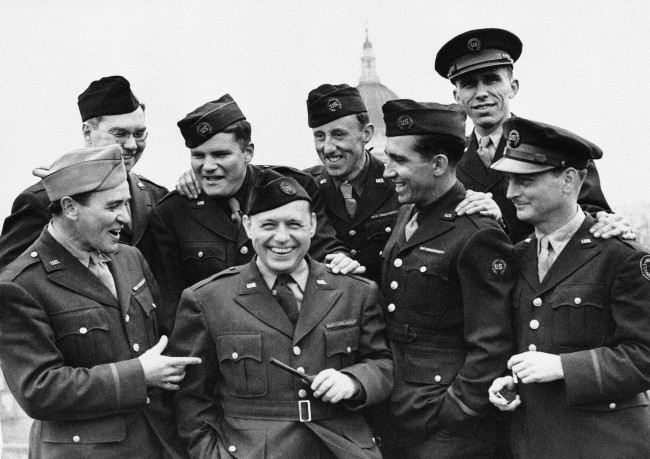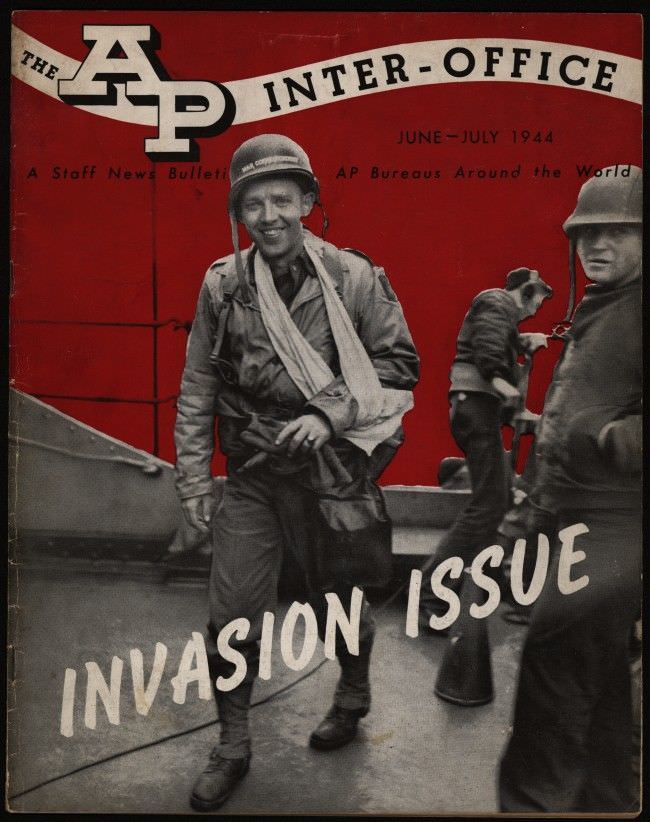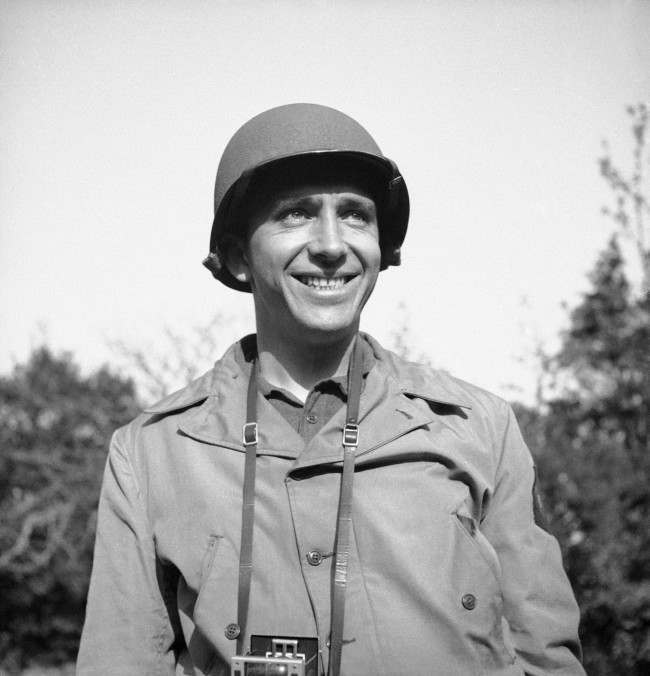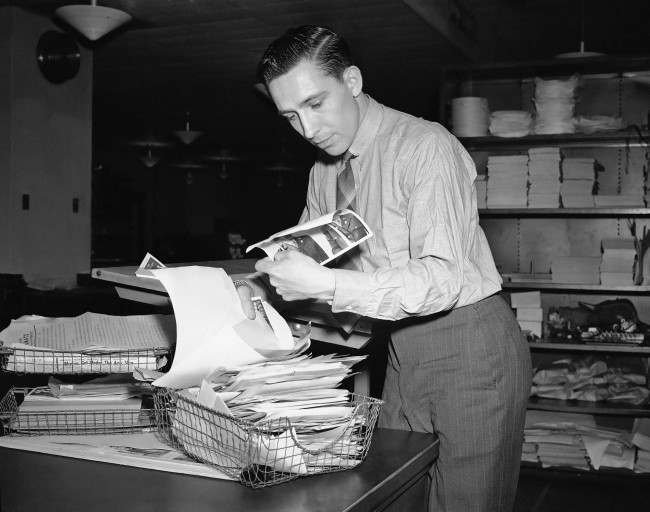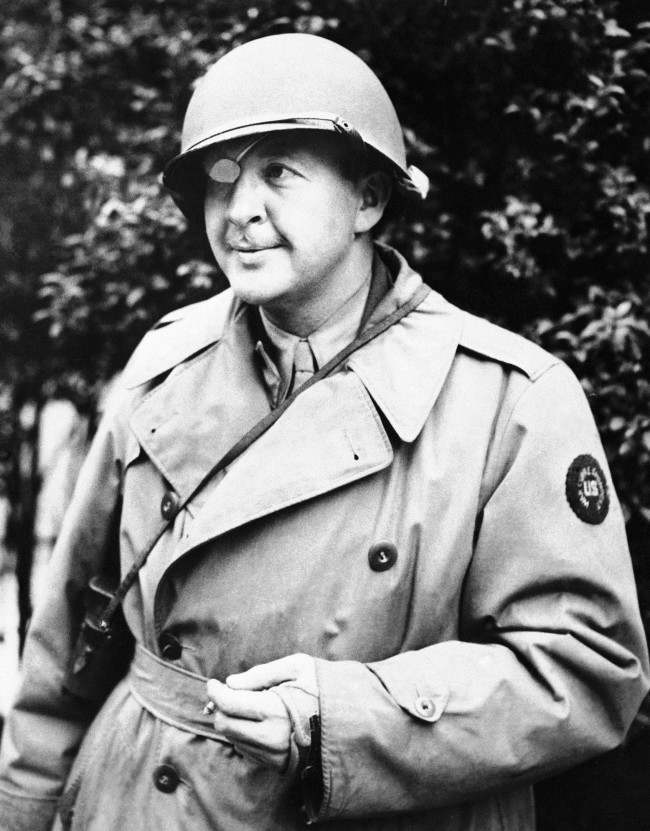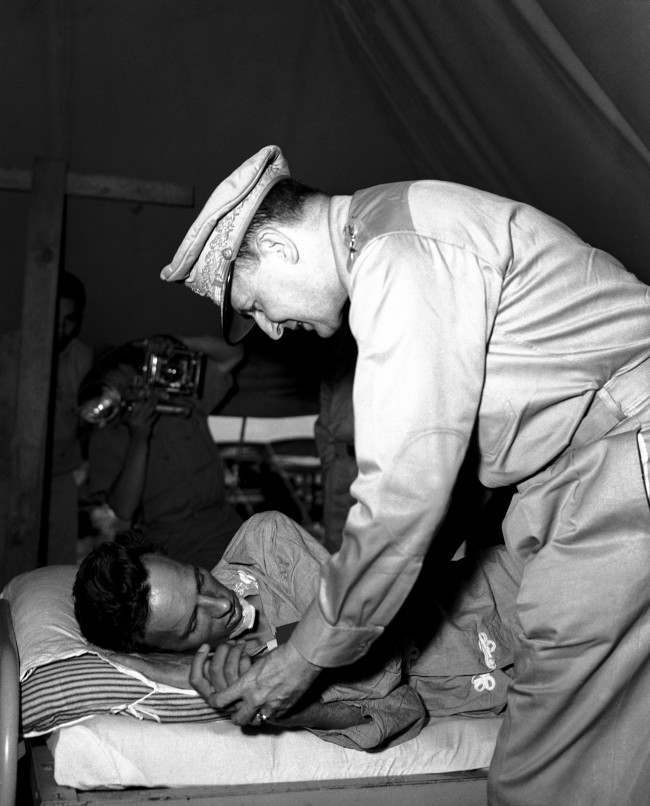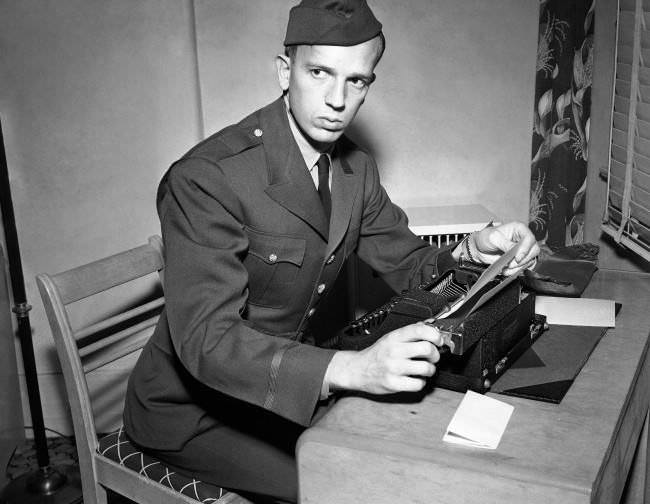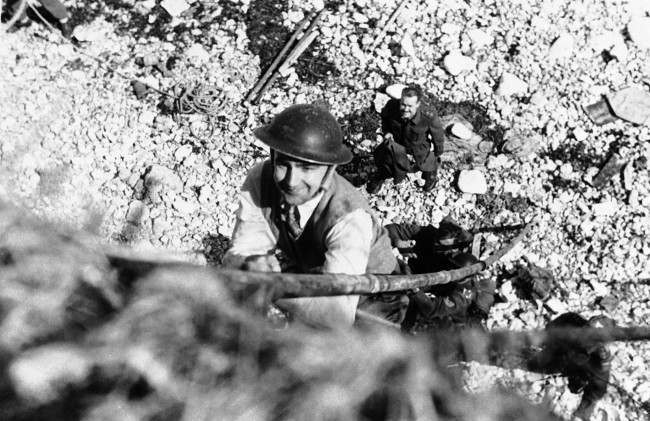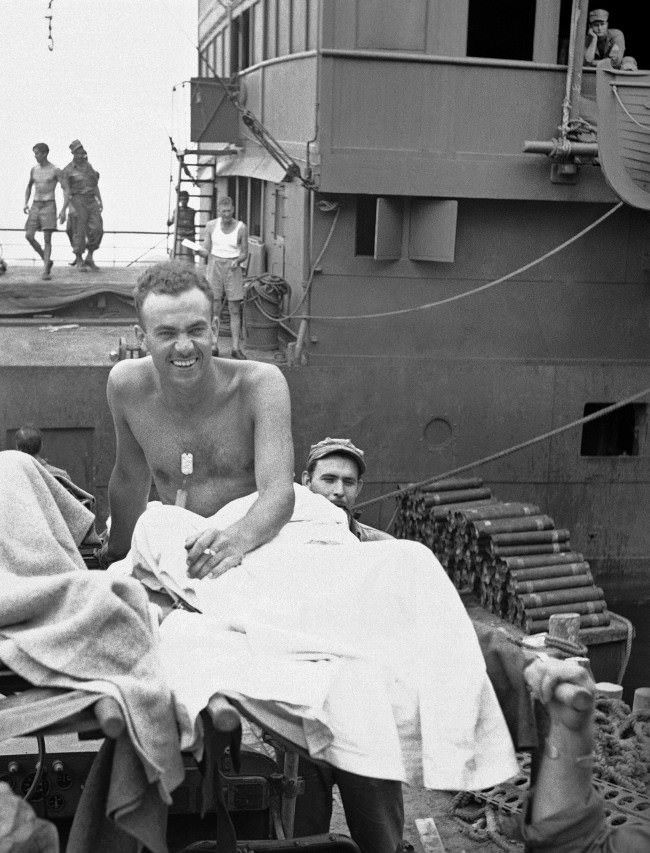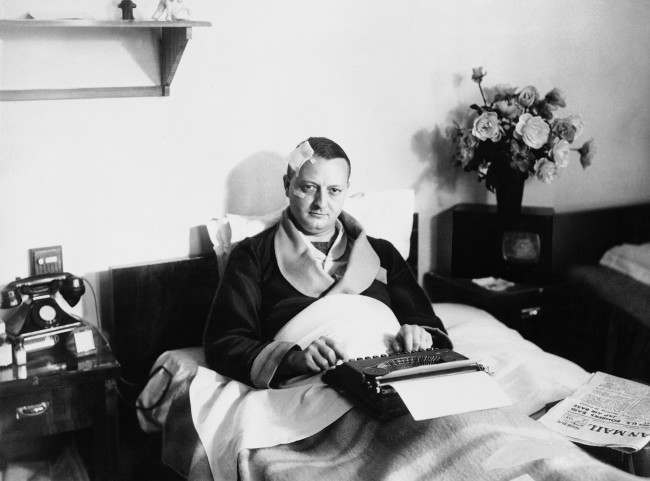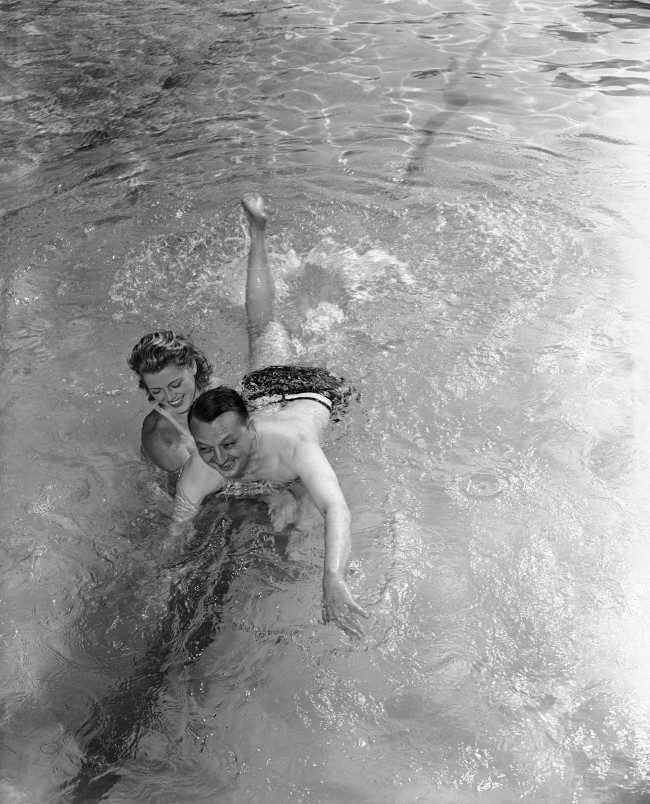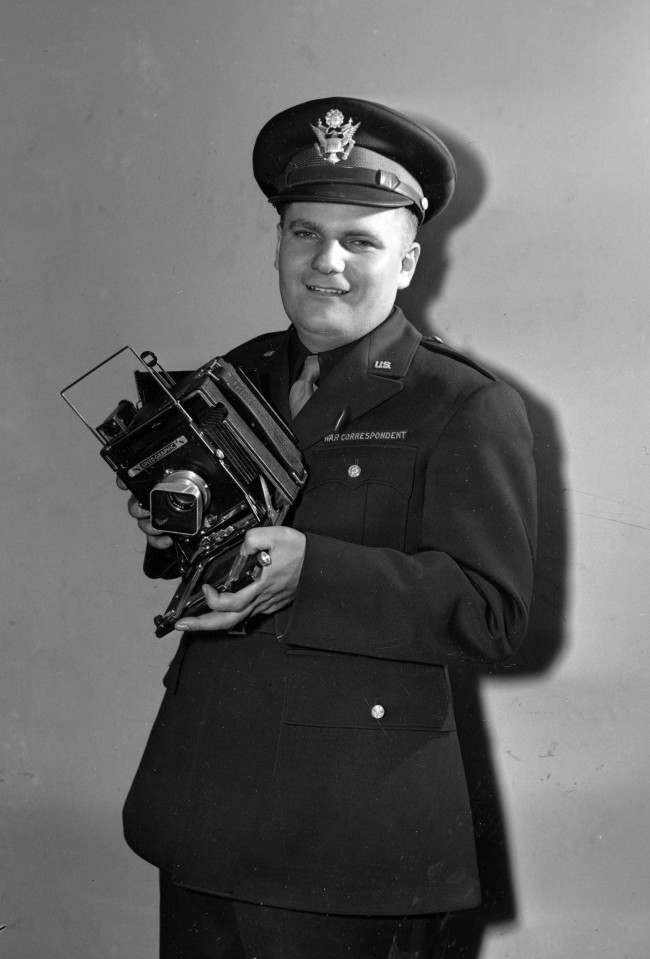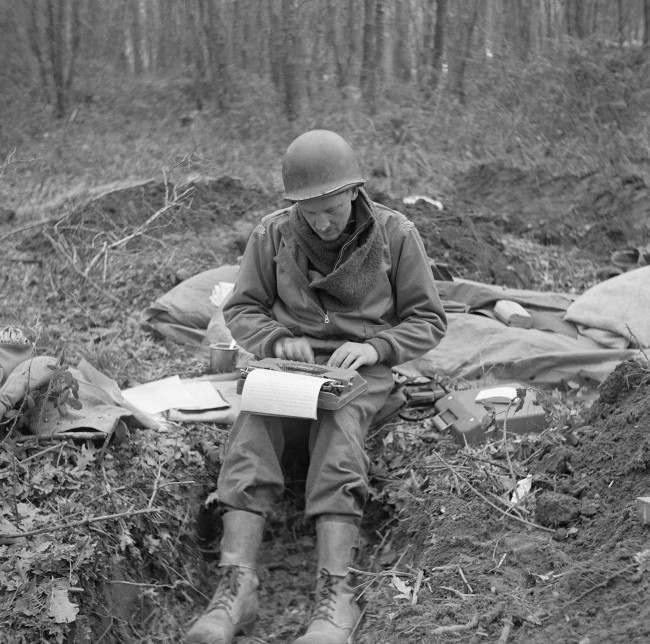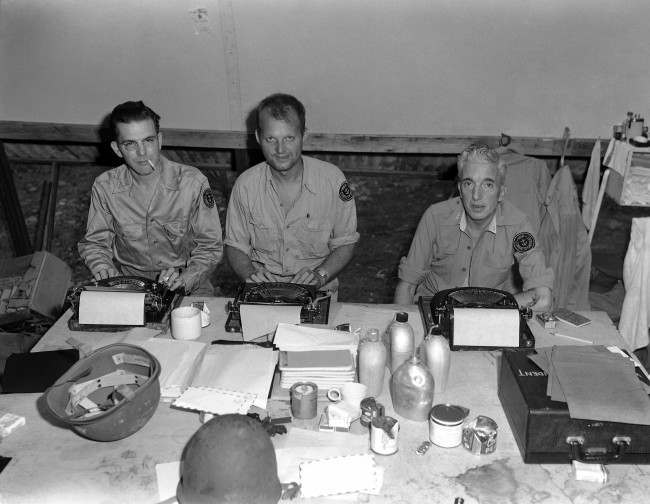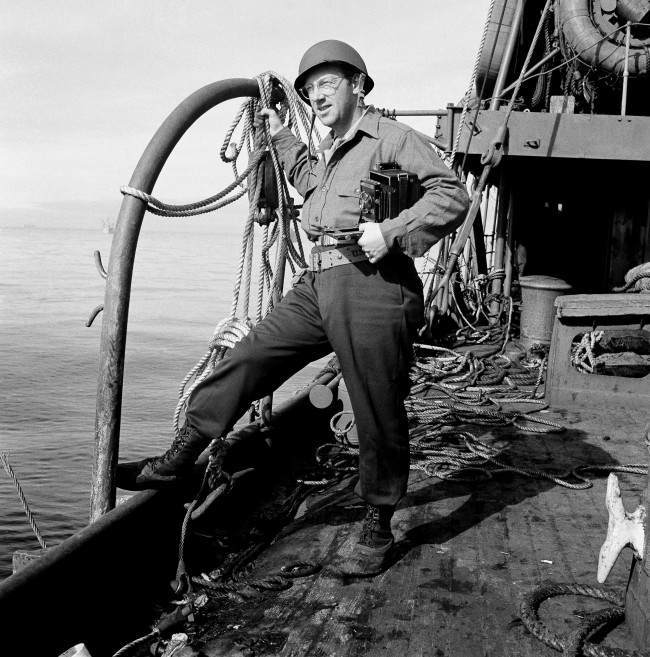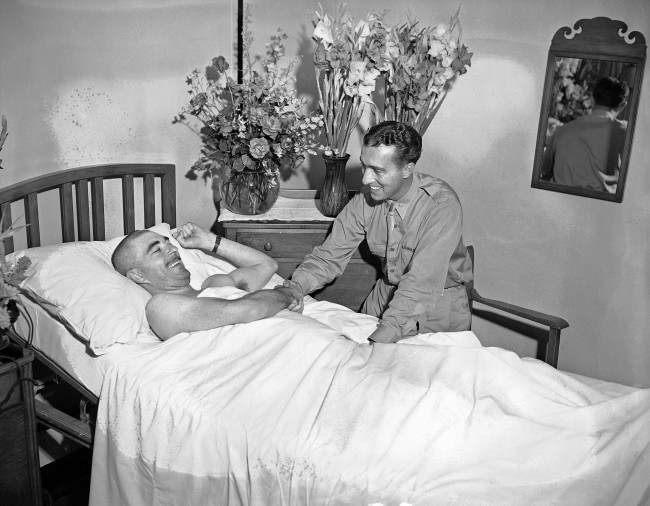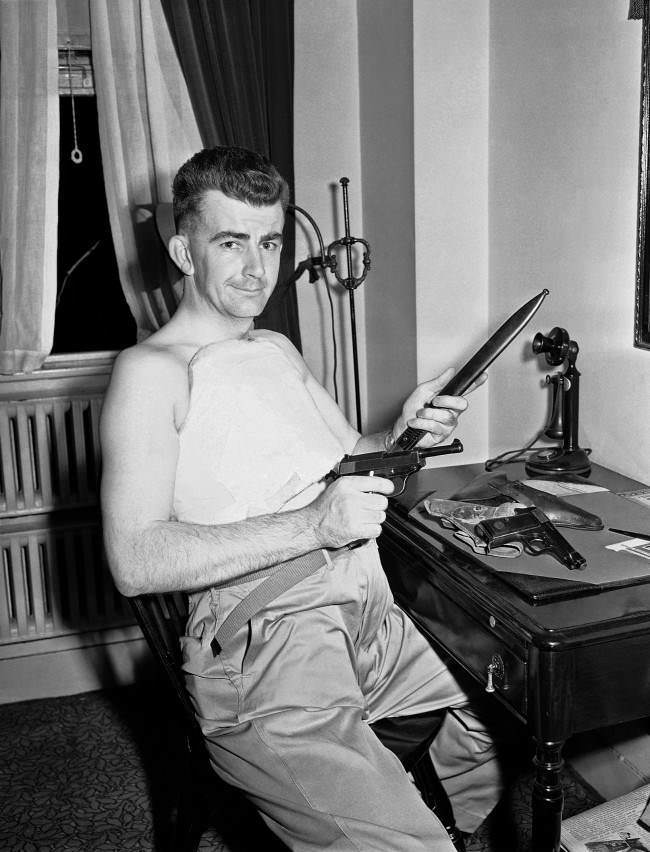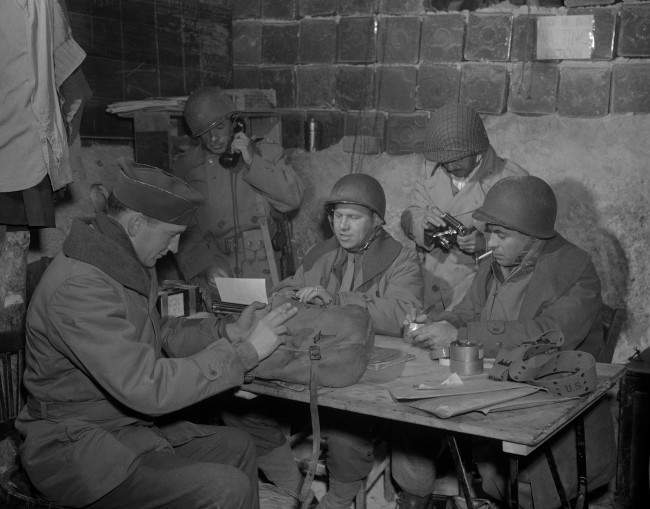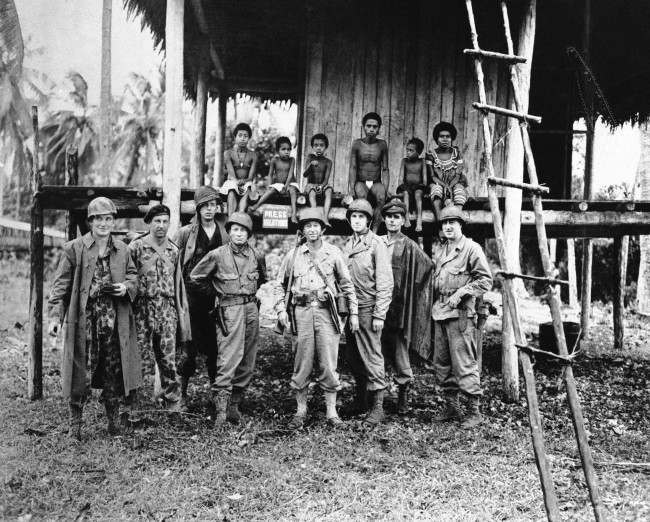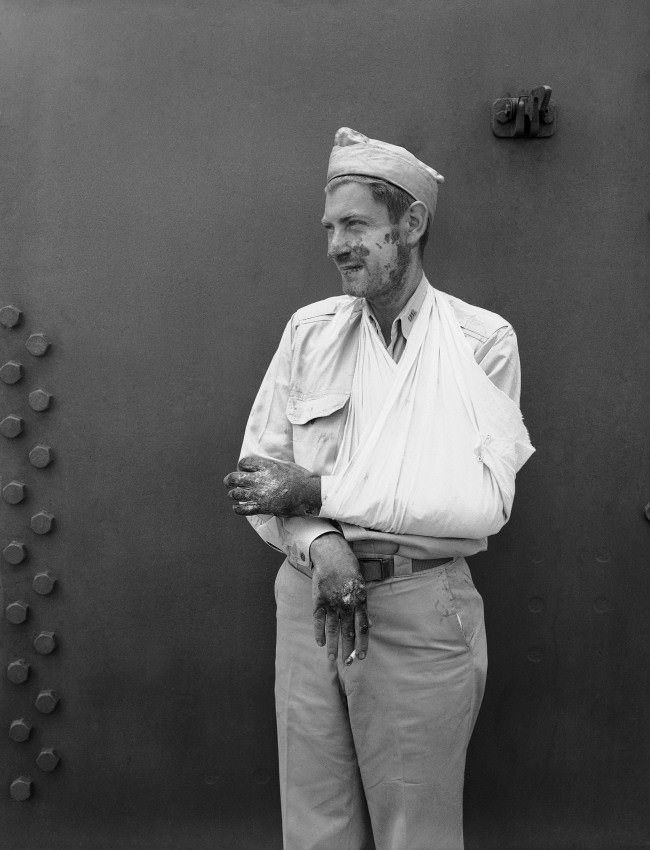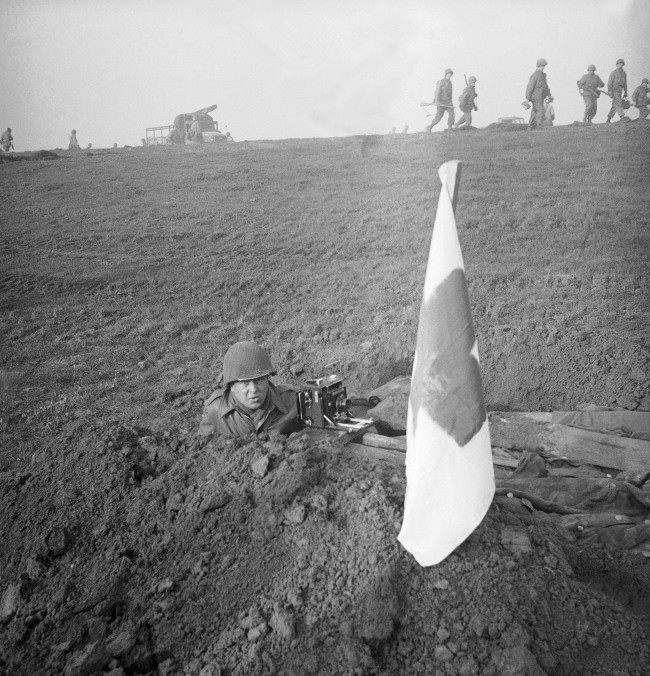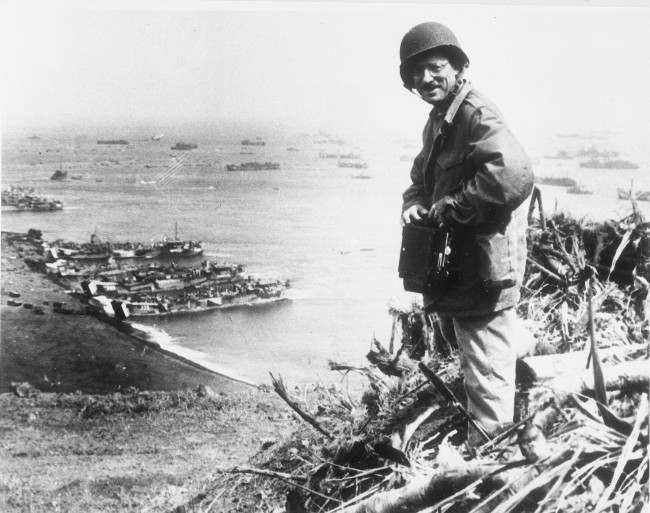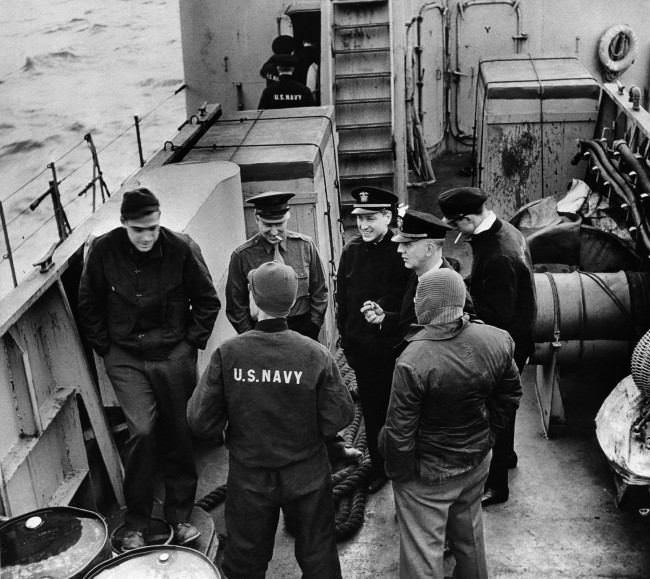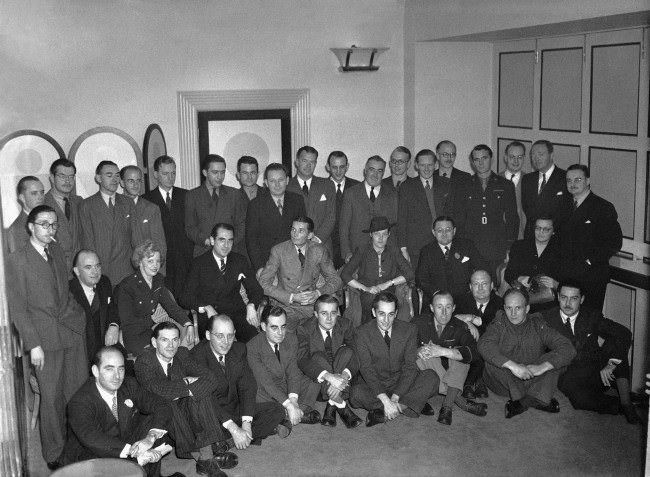The D-Day landings on June 6, 1944, marked a turning point in World War II. This monumental event was not just a military operation; it was also a moment captured by brave reporters and photographers. These individuals played a crucial role in documenting the reality of war. They recorded the heroism of soldiers, the chaos of battle, and the emotional weight of conflict. Their work helped bring the realities of war into homes around the world.
Among the most notable contributors to this effort were the staff members of the Associated Press. They formed the NewsPhoto invasion team, which was responsible for capturing some of the most iconic images of the D-Day landings. This team included talented individuals like Peter Carroll, E.K. Butler, George Bede Irvin, and Jack Rice. Each of them faced incredible dangers to bring the truth of the battlefield to the public.
The Role of War Correspondents
War correspondents had a challenging job. They were often taken from their regular reporting duties and thrown into a chaotic environment. Many had spent their careers covering local news or politics. Suddenly, they found themselves during a global conflict. Their mission was to report on the war. They had to keep the public informed and boost morale at home.
Before being sent to the front lines, correspondents underwent training at the War Department’s public relations bureau. This training prepared them for the realities they would face. They were given a uniform that resembled that of a soldier but were reminded they were not combatants. They were there to observe and report, not to fight. However, the lines often blurred.
Read more
The Dangers of Reporting
The dangers of being a war correspondent were immense. Reporters were exposed to the same risks as soldiers. They faced gunfire, bombs, and the chaos of battle. Many correspondents became casualties of war while doing their jobs. They were often in the thick of it, trying to capture the moment while staying alive. Their presence on the battlefield was vital for the public’s understanding of the war.
For example, on D-Day, correspondents had to navigate the treacherous beaches of Normandy. The scene was chaotic. Soldiers were landing under heavy enemy fire, and the air was filled with smoke and confusion. Reporters had to find ways to document the events without compromising their safety. Many used small, lightweight cameras to capture images quickly. Others took notes and interviewed soldiers amid the chaos.
Capturing D-Day
The photographs taken during the D-Day landings are some of the most powerful images in history. They show the bravery of soldiers as they stormed the beaches. Images of men wading through the surf, faces set with determination, tell a story of courage. The photos also reveal the grim reality of war. Some images captured the wounded and the fallen, illustrating the cost of the battle.
The Associated Press photographers worked tirelessly to document the events of that day. They knew that their images would shape public perception of the war. Each snapshot had the potential to evoke strong emotions. The photographs served as a reminder of the sacrifices being made by those fighting for freedom.
The Impact of Their Work
The work of these journalists and photographers brought the realities of the war into the living rooms of families across America and beyond. People at home could see the battles and understand the stakes involved. The images inspired pride and support for the troops. They also instilled a sense of urgency about the war effort.
As the war progressed, the role of war correspondents continued to evolve. They faced new challenges as the conflict expanded into different theaters. Correspondents had to adapt to changing technologies and methods of reporting. With the rise of radio and television, their work became even more crucial. They had to find ways to capture and convey the truth in real-time.
Reporting from the front lines was not just physically dangerous; it was also emotionally taxing. Journalists had to deal with the realities of war firsthand. They witnessed the destruction and suffering caused by conflict. Many correspondents developed strong bonds with the soldiers they reported on. This connection made their work even more meaningful.
The stress of being in such a volatile environment could take a toll. Many war correspondents struggled with what they witnessed. Some returned home changed, carrying the weight of their experiences. They had to reconcile the horrors of war with their roles as storytellers. This emotional burden was a significant aspect of their work.


